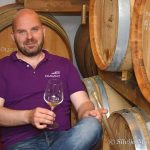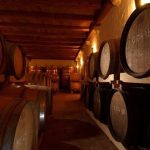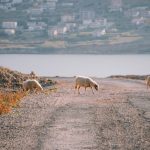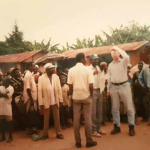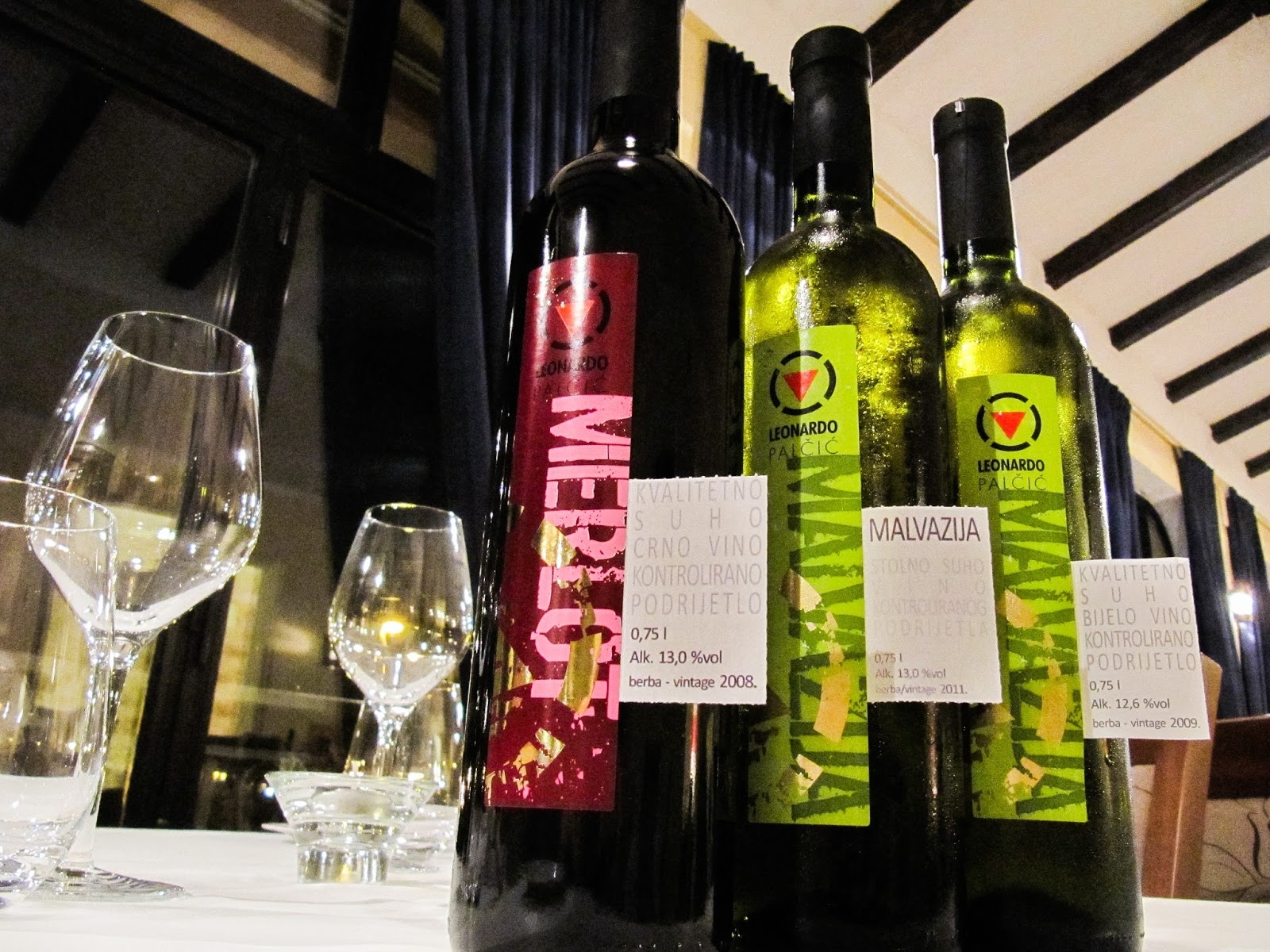
If we judge by his Malvasias and miraculous Merlot, Leonardo Palčić surely has something to say in Croatia and beyond
The story of Leonardo Palčić as the “radioactive irradiator” of Novigrad began spontaneously, joking about the labels of his wines brandishing a radiation warning sign. It all sounds fine and lovely when Leonardo begins to explain the winery logo symbolizes four elements – water, fire, earth and air with a reverse triangle of bright red colour inside the circle which symbolizes Istria and the red soil, but – it won’t do. Even when he changed the visual and the “radioactive red triangle” turned black, with a premiere showing to his wine lovers at the recent Vinart Grand Tasting in Zagreb, the association of Krško or Fukushima nuclear plants does not fade. In fact, once irradiated, always irradiated!
“As hard as I try, it seems I won’t be able to avoid “radiation!” I think I made my peace with it so I didn’t want to remove the triangle in the new visual which “irradiated” all who came into contact with bottles of my Malvasia or Merlot. So, I left the mark for “radiation area,” the curious reverse triangle and I will leave and further interpretations to those who want to delve on it. On the other hand, the primary story for me, the visual still intends to present the four elements which have to be balanced. In every wine story these four elements are sweet, salty, bitter and sour and their balance gives wines which are optimal for drinking,” explains Leonardo Palčić.
Compared to the previous label, which caused plenty of controversy, on the new packaging Leonardo left the appendage which one can tear off if they like the wine and want to know more. Like those labels on the inside of shirts. Someone once wrote that, if the logo became, even by accident, a cause for jokes, Leonardo’s appendages deserve praise for original wine packaging in Croatia. Leonardo likes to say a wine label for him is indeed – a label, which you can tear off.
What makes Leonardo’s wines in the new visual different than other designer solutions is in the arcode number with the parcel where his vineyards are located.
Or, in Leonardo’s interpretation, “after you type in the identification number of the estate in the arcode viewer, you will see the area where my vineyards are. We’ve turned that into a topographic map which is spread like a spider’s net across the label!”
With such a label, Leonardo feels, it becomes simple to explain to anyone that his Malvasia vineyards are less than 100 metres from the sea, where the current cellar is and the location of the new cellar and Merlot vineyard.
“My label can also answer which height my vineyards are at. I’ve explained a lot with just one map,” says Leonardo.
There is no point in asking him why he isn’t present more in the offer of Croatian restaurants and wine shops, as the answer is known – Leonardo sells the majority of his wines in Italy and Austria.
When asking him anything about wine, Leonardo will say the more he is in the business, the less he knows about wine.
“It’s true, as absurd as it sound, it is truly incredible how this wine world, especially the world of oenology and oenology substances, keeps expanding. Every year there are new trends, consumers change, tastes, technologies and wine production, every year a new page of winemaking to follow and study. I found it fascinating to hear Italians, who are superior oenologists, say they lag behind the French by 20 years! Where does that put us?”
“Frizzante or a light sparkling wine Giovanni is in fact a “typical Istrian wine.” It is a coupage of Terrano vinified as white wine and Malvasia. The Italians love it, combining it with fish all the time. This wine is in between a classic sparkling and light summer wine,” says Leonardo Palčić.
In his own words, “after my father died in 1999 I was left out in the wind, not wanting to neglect the vineyard, knowing nothing of wine production, but – with just enough pride to continue the family tradition!” He talked to friends who know wine, received countless advice and remembered: “Keep tasting the wine and always follow what is going on in the barrels!”
The vineyard has almost historical value. Italian vine producer Rauscedo used to take scions of Malvasia from his vineyard. The vineyard was planted firstly with a foundation of wild vines, with Malvasia grafted a year later. They were the first plantations of Malvasia in Novigrad, and the vineyard, common for the area, is almost on the shore, the sea splashes it with any stronger wind.
Just as he had taught himself to be a winemaker, he had another tragedy. His mother fell ill and he spent her last five years more in hospitals than in fairs and festivals. He didn’t attend Vinistra until 2009, when he triumphed with rose and Merlot.
“My life in the last ten years has truly been full of personal tragedies. Hopefully the time has come for me to show something,” says Leonardo.
If we judge by his Malvasias and miraculous Merlot, Leonardo Palčić surely has something to say in Croatia and beyond. In Croatia, believe it or not, his wines can be tasted only in one place! Marina restaurant in Novigrad is a place where they call it the “house wine.” It is also incredible one can drink and buy his wine in Trieste, but not beyond his cellar in Dajla and Marina restaurant.
“I guess the Merlot, aged for four years in various barrels is truly unique. It is dry and in the mouth it seems sweet. Scents are dominated by vanilla, chocolate, leather… It has wonderful evaporating acids, was made o extremely low sulphur, in only 2.000 bottles. I am not certain it would pass any serious analysis, but am convinced it is perfect,” explains Leonardo.
He expects his Malvasias to have plenty of body in the mouth, keeping them on yeasts until March – without decanting! He describes the most popular Istrian white variety as “a red wine dressed in white.”
“It’s becoming more apparent, and I am contributing to this, that Malvasia is not only a wine for one year,” says Leonardo Palčić.
He recently came into possession of new vineyards and his plantations now span 14 hectares. He does not brag with the looks of his cellars nor the state of his vineyards. He says, all in due time. He consider his biggest success so far managing to survive the past five years and paying off a loan.
For the original and more from Vinske Priče blog on wine, click here.


